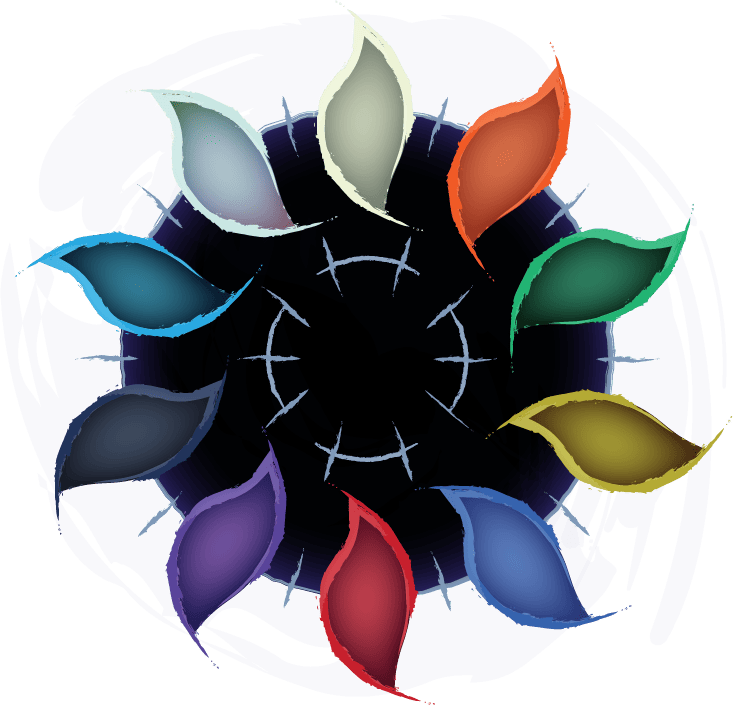Quests don’t necessarily have to be completed in sequential order after the 1st Quest.

Launch the first NFT set, establishing Faet’s platform and engaging early adopters.
Release the initial set, allowing users to mint exclusive digital assets that form the foundation of the Faet metaverse.
Begin community-building activities, including AMAs and workshops, to introduce users and developers to Faet’s features and ecosystem.

Reward early NFT holders with an ERC-20 token airdrop, promoting engagement and participation.
Distribute Faet ERC-20 tokens to all holders of the initial NFT set.
Enable basic utility for the token, allowing it to be used for in-game purchases, rewards, and future staking options. This token will not have a cash value and will be used for use within the Faet metaverse and potential future governance.

Expand the platform's utility by adding token integration and an in-game player-to-player NFT trading/offer system.
Introduce Faet’s ERC-20 token for in-game transactions and rewards.
Launch a trading system that allows users to create and accept offers for NFTs directly within the game, facilitating secure and seamless exchanges.
Provide tools and resources for developers to integrate tokens and NFTs into their games seamlessly.

Introduce multiplayer functionality to support real-time, player-to-player interactions within the Faet metaverse.
Enable multiplayer interactions for the Faet platform, allowing players to interact, trade, and play within shared digital environments.
Host events to showcase multiplayer capabilities, fostering engagement and community bonding in the Faet ecosystem.

Establish Faet as a Web3-based alternative for creators to publish, sell, and promote games.
Launch Faet’s game marketplace, allowing creators to publish games built on popular low-code design tools like RPGMaker, without the limitations on NFTs and Web3 functionality.
Enable developers to monetize their games through Web3 integrations, positioning Faet as the 'Steam of Crypto' and opening new opportunities for creators in the decentralized gaming ecosystem.

Introduce staking and locking features to increase user engagement and ecosystem stability.
Enable NFT holders to lock their assets for exclusive in-platform benefits and rewards.
Implement staking rewards in ERC-20 tokens for locked NFTs, incentivizing users to participate actively.
Allow staked tokens to unlock special in-game items, exclusive content, and early access to future NFT drops.

Expand Faet’s reach and interoperability by supporting cross-chain compatibility.
Integrate compatibility with additional EVM-compatible chains, enabling broader accessibility for users and their assets.
Allow users to transfer assets seamlessly across supported chains, enhancing Faet’s utility and appeal in the decentralized gaming space.
Equip developers with tools to create cross-chain-compatible games, fostering more expansive and interconnected digital experiences.

Strengthen community engagement and integrate governance by hosting regular competitive tournaments, empowering players to influence the platform.
Host recurring tournaments that allow players to compete in various games within the Faet ecosystem.
Offer on-chain rewards, including NFT and ERC-20 tokens, as prizes for top performers, encouraging active participation.
Provide tournament winners and top players with governance privileges, allowing them to participate in decision-making processes that impact the Faet platform.
Build community-focused events around tournaments, fostering camaraderie, competitive spirit, and long-term loyalty within the Faet user base.

Enable developers to create entire games within Faet with minimal external resources by providing AI-powered generative tools.
Offer tools that generate custom tilesets and sprite assets, allowing creators to develop unique visual elements for their games.
Provide AI capabilities to design NFT collections, making it easy to launch in-game assets and collectibles that align with a game’s aesthetic and lore.
Integrate AI tools to help generate engaging dialogue, plot lines, and character backstories, facilitating immersive storytelling with minimal manual input.


FAET
The Metaverse Engine